
The beginning of a prosperous golden season
At the foot of the majestic mountains of Ban Ten highland, the ancient terraced fields are now covered in the golden color of ripe rice. The cheerful laughter of the Mong people blends with the autumn scenery, signaling a change in life, production and family economy . From the early days of hardship, eating wild vegetables and using men men as the main meal, now there are bowls of fragrant white rice every day, thanks to the transformation in agriculture.
The highlight of the recent crop season is that people have boldly planted new rice varieties on old terraced fields. Previously, people were only familiar with Khang Dan rice varieties, which had low yield and low quality. Now, with high-quality hybrid and purebred rice varieties such as TH3‑3, TH3‑5, J02, SL8H‑GS9, TH3‑7, Syn6, B‑TE1, each grain of rice becomes heavy with flowers, opening up new hope for a bountiful harvest.
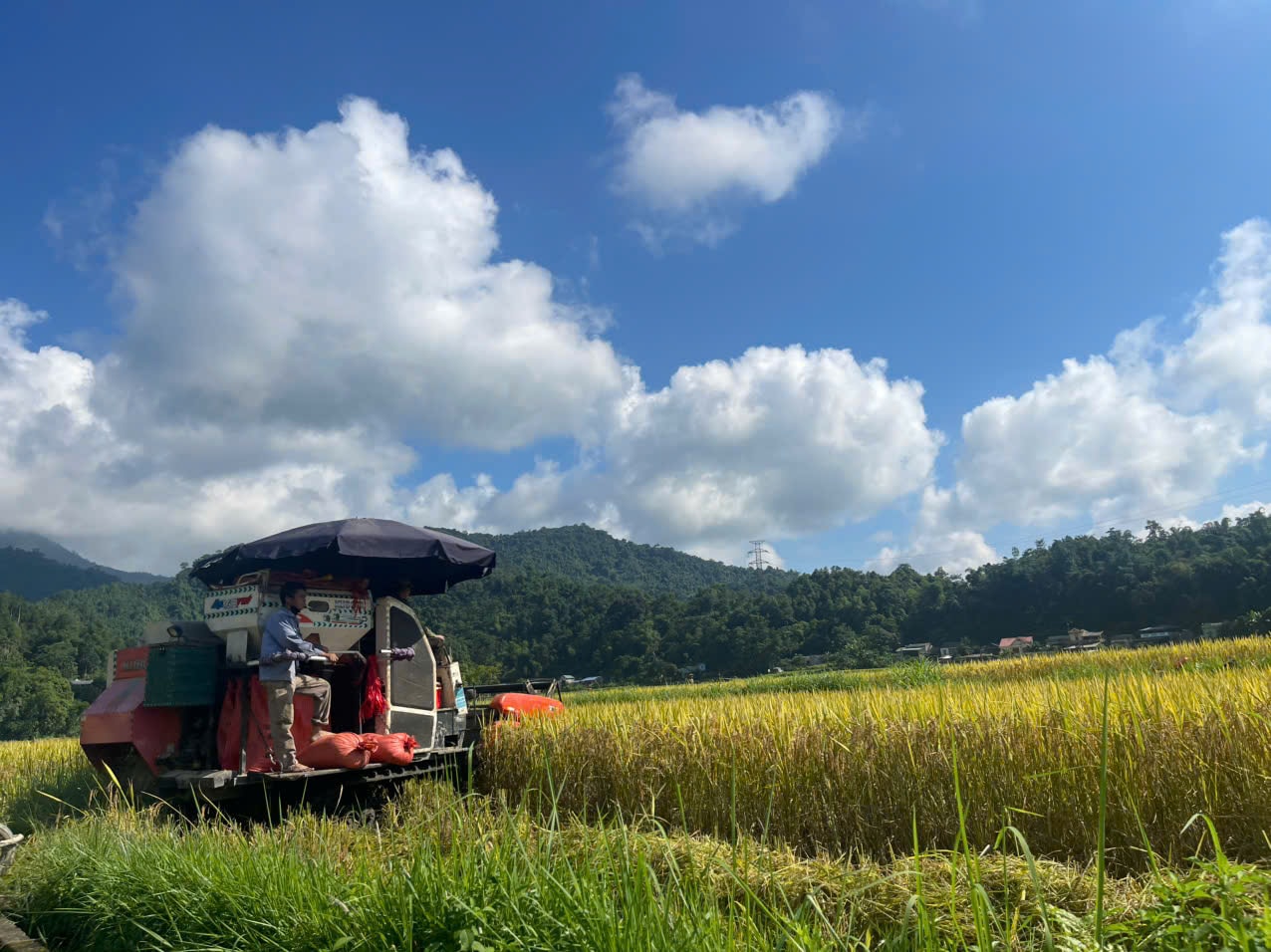
Nguyen Ta, Head of the Department of Cultivation and Plant Protection of Thai Nguyen province, said: "New rice varieties are not only suitable for the soil conditions of the highlands but also help increase productivity significantly, while improving rice quality, meeting food and market needs."
According to statistics, the average yield of highland winter-spring rice is 50-53 quintals/ha, much higher than many previous years. Many households harvest from 1.8 to 2 quintals/sao, nearly double the old yield. With an average area of about 5-6 sao per household, Mrs. Vuong Thi My's family happily said, now, we no longer have to worry about rice to eat but also have rice to sell.
Increased productivity leads to better quality rice, sticky, white, fragrant rice, meeting daily needs and consumption markets in and outside the province. This improvement contributes to improving living standards, while creating confidence for people to continue switching to suitable rice varieties.
Not only in Ban Ten, many hamlets and villages in the highlands have gradually become accustomed to planting new rice varieties with high yield and good quality. Hybrid rice and pure rice of high quality have been planted en masse in Thai Nguyen, especially in mountainous and highland areas.
The success of Ban Ten’s golden season cannot be separated from the support policies from the authorities. Every year, people are guided on farming techniques, supported with high-quality rice seeds and suitable fertilizers, and receive recommendations on planting times and effective pest control.
The coordination between agricultural extension officers and people creates bumper crops, becoming a solid foundation, helping people to stabilize their lives and reduce poverty sustainably. At the same time, people begin to change their mindset from just eating to combining eating and selling, creating motivation for household economic development.
Sustainable direction for highland people
With a significant increase in income from rice, many highland households have invested in their children's education, renovated their houses, and accumulated capital for production. Now, instead of worrying about hunger, the Ban Ten people can rest assured about their daily meals and have more rice to sell.
Notably, the Ban Ten highlands also connect agricultural production with experiential tourism. When the rice is ripe, the golden fields become attractive destinations, attracting tourists to visit, experience village life, take photos, and enjoy local cuisine. This model not only creates additional income but also helps promote culture and specialty products, creating a sustainable direction for the community.
In addition to Ban Ten, the places with beautiful, golden ripe rice fields that many tourists "check in" when coming to Thai Nguyen also include highland hamlets and villages such as Lung Luong, Lung Ca (Than Sa); Na Man (Dong Phuc)... In particular, Na Man field is being exploited quite effectively by Dong Loi cooperative.
Despite many positive results, Ban Ten still has limitations that need to be overcome such as weak traffic infrastructure, tourist accommodation facilities, unstable high-quality rice consumption market, tourism services supporting ethnic minorities have not developed commensurate with their potential. To continue to develop, it is necessary to upgrade traffic routes, facilitate the transportation of agricultural products and tourists. Develop homestays, local restaurants, increase the capacity to welcome guests. Expand the high-quality rice consumption market, ensure stable output. At the same time, replicate successful models, apply appropriate techniques and mechanization.
Looking back at Ban Ten today, the terraced fields have donned a new coat of high-yield, good-quality rice varieties. No longer worrying about rice to eat, the Mong people have gradually stabilized their family economy, improved their lives, and opened a sustainable direction for the highlands.
The golden season in Ban Ten valley is not only the season of ripe rice but also the season of faith, hope, and determination to rise up. This is a vivid proof of the effectiveness of converting rice varieties, applying new techniques, combining support policies and the will to rise up of the people in the highlands of Thai Nguyen.
Source: https://daibieunhandan.vn/xa-van-lang-thai-nguyen-hat-lua-moi-mo-duong-thoat-ngheo-cho-dong-bao-ban-ten-10395803.html






![[Photo] Prime Minister Pham Minh Chinh meets with representatives of outstanding teachers](https://vphoto.vietnam.vn/thumb/1200x675/vietnam/resource/IMAGE/2025/11/15/1763215934276_dsc-0578-jpg.webp)
![[Photo] General Secretary To Lam receives Vice President of Luxshare-ICT Group (China)](https://vphoto.vietnam.vn/thumb/1200x675/vietnam/resource/IMAGE/2025/11/15/1763211137119_a1-bnd-7809-8939-jpg.webp)


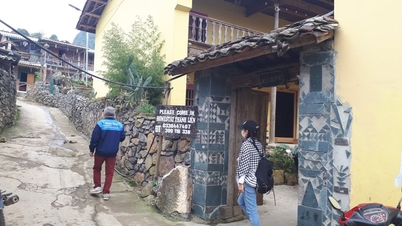

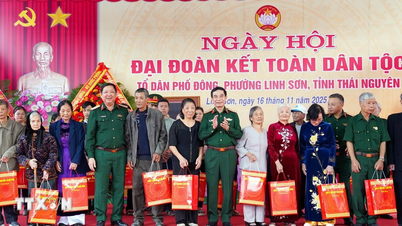



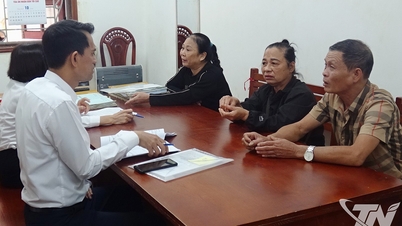

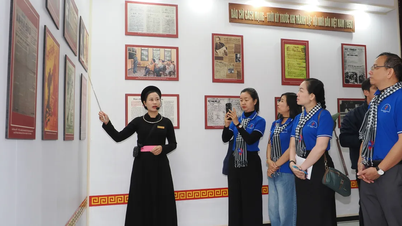

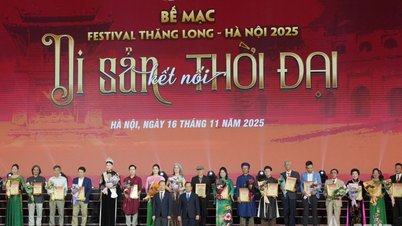


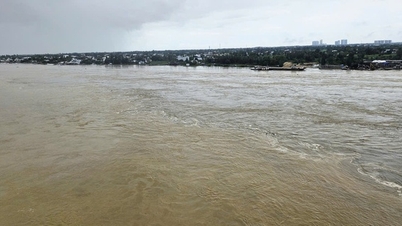

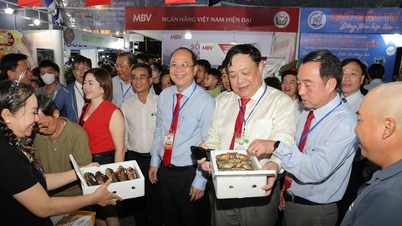

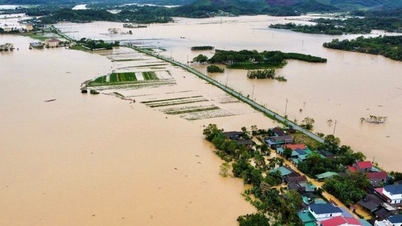





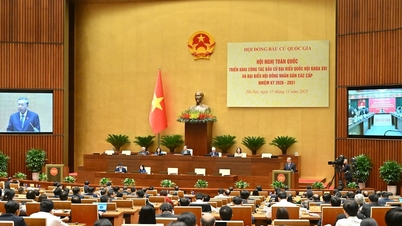
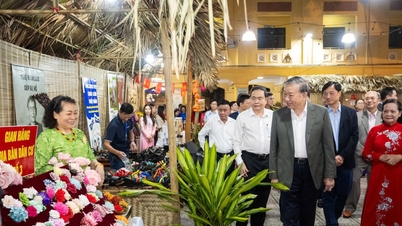




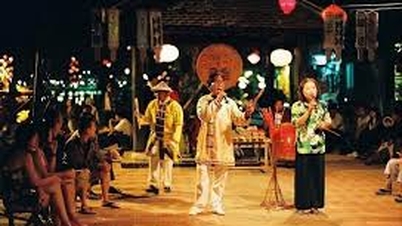










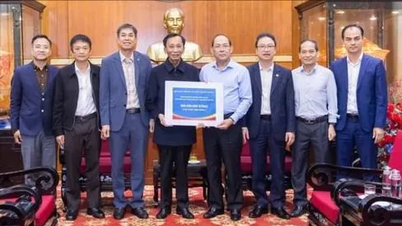


































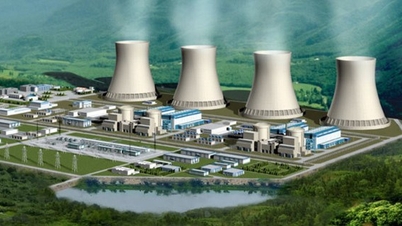


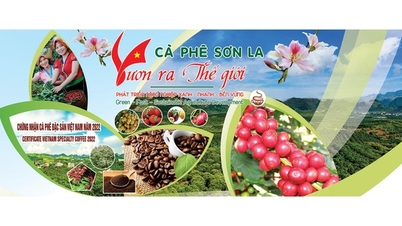

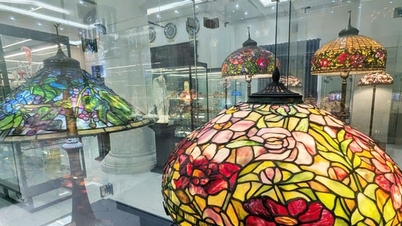



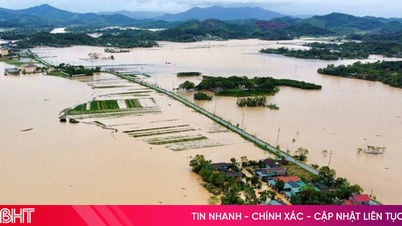













Comment (0)